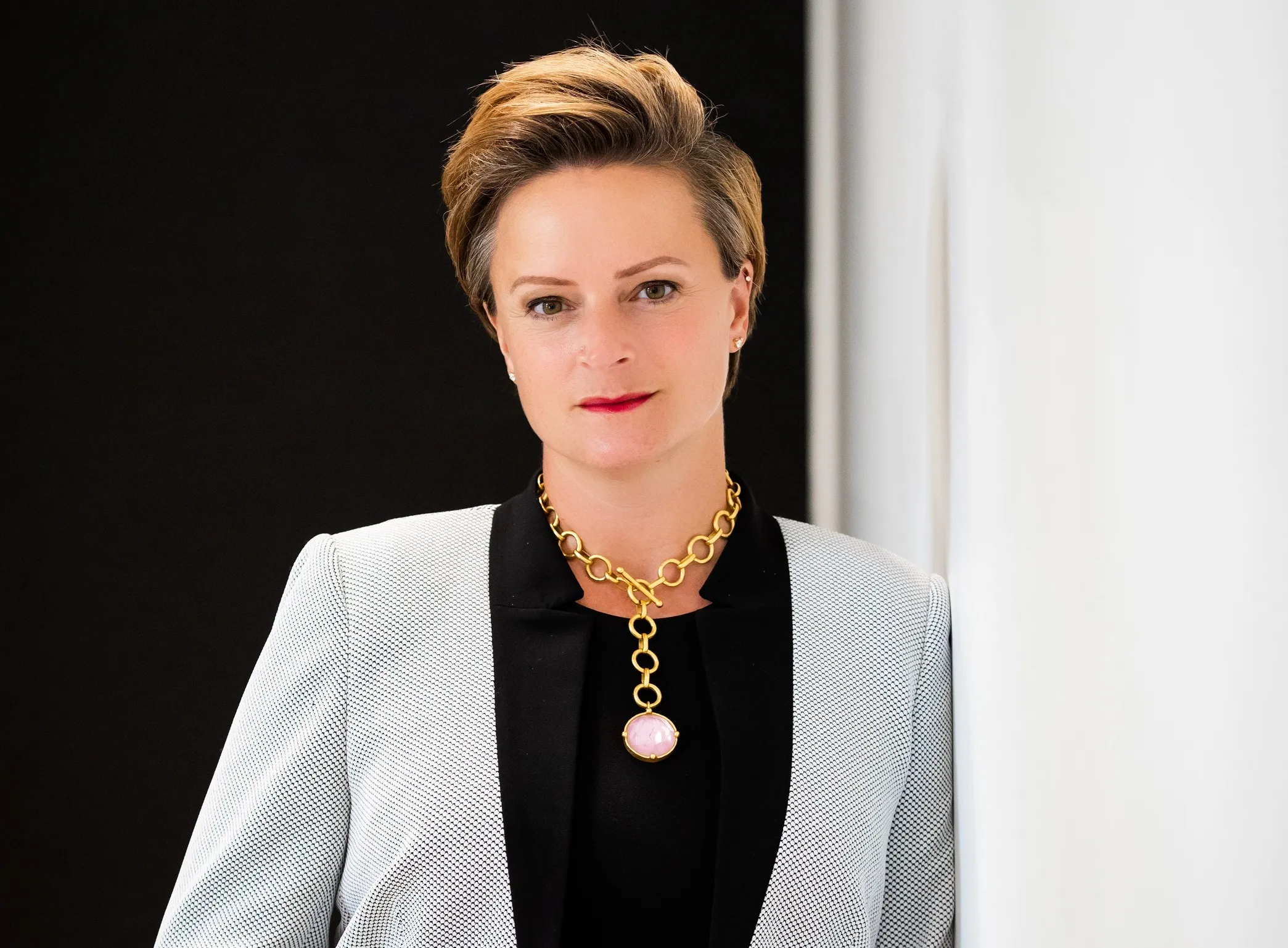As
Next week's event will span over 19,000 square metres of pillar-less exhibition space and host the latest traffic technologies, presentations an exhibitions as well as over 7,000 local and international ITS delegates. To ensure that delegates, media and even the public don't miss out on anything ITS Australia engaged Here to develop the event app.
The World Congress app will allow delegates to experience advanced location enabled services, such as indoor routing, so they can search for an exact plenary room or exhibitor booth and be guided from their hotel, another ITS venue or anywhere in the city of Melbourne.
Susan Harris, CEO ITS Australia, is delighted to be introducing this technology to the ITS World Congress and believes it will transform the way people interact with the event. “As a Congress focused on demonstrating the latest technology in traffic and transport, why wouldn't we want to create an app to match!" she says.
Here APAC Director, Brent Stafford, said he is excited to showcase the cutting edge technology at an event synonymous with transport technology. "It's only fitting that when the world's leaders in transport and logistics come together at ITS World Congress 2016, they will get to experience the most advanced 3D venue map and indoor navigation application ever deployed for an event of this scale. It's a huge milestone for Here and a great achievement for ITS," Stafford says.
ITS Australia and Here release new app for ITS World Congress
As ITS Australia's World Congress on Intelligent Transport Systems kicks off next week, mobile app partner HERE will introduce ITS delegates to world first technology with the development of the World Congress app. Next week's event will span over 19,000 square metres of pillar-less exhibition space and host the latest traffic technologies
October 7, 2016
Read time: 2 mins









